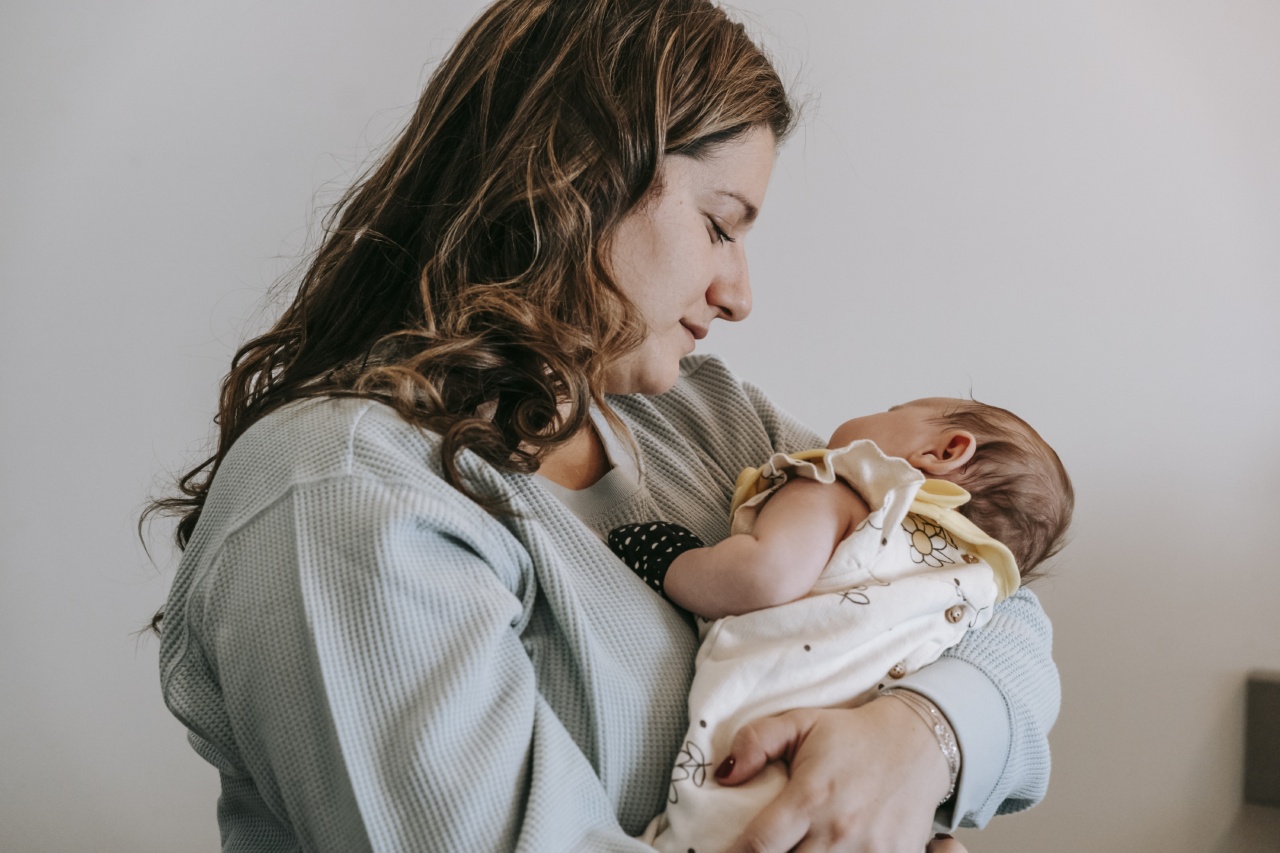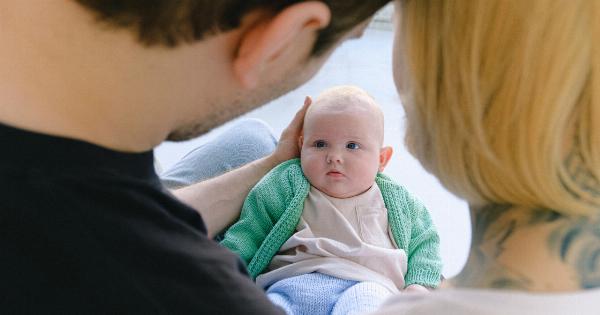Sleep is an essential component of an infant’s growth and development. Sleep allows the brain to develop and enables the body to recover. Newborns, in particular, require a significant portion of their day sleeping.
According to the American Pediatric Academy, newborns should sleep in the same room as their parents for at least the first six months of life, preferably for the entire first year.
The importance of proximity
When a baby is sleeping, parents often worry about their child’s safety, which is why placing the child in a crib in another room is a common choice.
However, according to research, babies who sleep in the same room as their parents are at a lower risk of Sudden Infant Death Syndrome (SIDS). Additionally, proximity to the parents allows for quick feeds and nighttime comforting, which can optimize the baby’s health and well-being.
Parents can place the baby’s crib or bassinet in their room for the first six months, but it is essential to ensure that the sleeping surface is firm, flat, and free from any loose bedding or soft objects.
The baby should be placed on their back on an appropriately sized sleep surface free from any obstructions in the surrounding area, such as cords or drapes.
The benefits of room-sharing
In addition to reducing the risk of SIDS, room-sharing offers an array of benefits to both the baby and parents.
Babies who are close to their parents and in the same room tend to sleep better, as they tend to wake up less frequently and for a shorter period compared to those sleeping in their room. Additionally, room-sharing can help promote breastfeeding. When a baby is in the same room, mothers can quickly respond to their infant’s feeding cues and breastfeed more frequently, leading to increased milk production.
Room-sharing can also help parents bond with their newborn. Seeing their baby sleeping and communicating with them in their natural sleepy state can help parents learn about their baby’s rhythms and behaviors.
It’s also a great way to stay connected to the baby for the nighttime feeding and diaper duties.
The role of sleep environment
Creating an environment that is conducive to restful sleep is crucial in promoting healthy sleep habits for the baby. The baby’s sleep environment should be dark, quiet, and cool. The temperature should be kept between 68 and 72 degrees Fahrenheit.
Dress newborns in one more layer of clothing than an adult would wear in the same environment. A swaddle can mimic the feeling of the womb and help calm the baby to sleep, but it’s essential to ensure that the swaddle is not too tight and doesn’t restrict the baby’s movement in any way.
The baby’s sleep environment should also be free of any distraction, such as bright lights or loud noises. This will help the baby associate the room with sleep, making it easier to fall asleep and stay asleep throughout the night.
Maintaining safe sleep practices
When the baby shares a room with the parents, it’s crucial to maintain safe sleep practices. The baby should be placed on their back on an appropriate sleep surface and free from any loose bedding or soft objects.
The baby should also be placed at a distance from any objects such as cords or drapes, that can pose a risk. Moreover, the parents should avoid smoking, alcohol, and drug use, which significantly increases the risk of SIDS.
Parents should also be mindful of their sleeping position, particularly when cosleeping.
Studies indicate that sleeping in the same bed with the baby can increase the risk of SIDS, particularly if either parent smokes, drinks, or is excessively fatigued. However, if parents choose to cosleep, they must be aware of the proper techniques to ensure a safe sleep environment.
In conclusion
The American Pediatric Academy recommends that newborns sleep in the same room as their parents for at least the first six months of life, and preferably for the entire first year.
Room-sharing can reduce the risk of SIDS, promote better sleep habits, and foster the parent-infant bond. To ensure a safe and healthy sleep environment, parents must maintain safe sleep practices, including an appropriate sleep surface and free from any loose bedding or soft objects.
By creating a conducive sleep environment, parents can help their newborn establish healthy sleep habits that promote their growth and well-being.

























